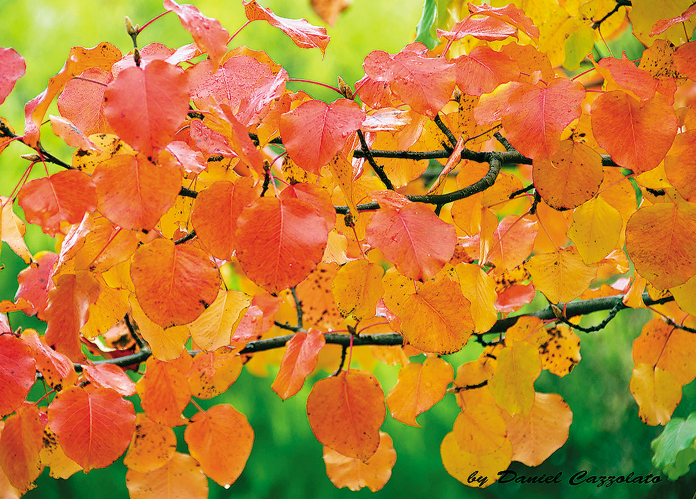Local horticulturist and author Sally-Anne Fowles, of Spirited Gardening, shares her top tips for creating a thriving garden.
Spirited Gardening
As the page turns from a very interesting summer’s song to the blanket fold of the later morning light of autumn, gardeners look forward to one of the best planting times of the year, akin to spring.
Nature has recently revelled in wonderful rains, far from the expected predictions, bringing lush growth, green hills and respite from feeling permanently attached to a hose.
With copious amounts of foliage and blooms, dare I say, it’s the best many gardens (including mine) have ever looked at this time of the year.

Here are a few, joyous, autumnal garden endeavours for you to delight in:
The sweetest of peas
March 17, being St Patrick’s Day, or March 19, being Mabon/Autumn Equinox, are the traditional times for planting of these fragrant beauties. Most varieties can grow two to three metres tall, so ready your structural supports to ensure a vibrant display. Sweet peas require good sunlight and, ideally, the trellis should run north–south to ensure they receive as much sun as possible.
Nutrient-rich soil with neutral to slightly alkaline pH levels, somewhere between 7–7.5 is key. Testing kits are available from local nurseries or hardware stores where you can also seek guidance if you are required to adjust the soil pH levels in your planting bed. Keep the soil moist, but not overly damp, as this will impair their growing success. Keep an eye out for thrips, powdery mildew and aphids.
For budding floriographers out there, sweet peas (lathyrus odoratus) were given in Victorian times by guests to thank their hosts for an enjoyable time.
The flower’s light and sweet smell was believed to brighten the home and serve as a symbol of hospitality.
Autumn spectabilis
One of my all-time favourite plants is sedum ‘autumn joy’.
In autumn the incredibly vibrant, deep pink, broccoli-like flowers are not only a delight to the eyes but an incredible attraction for beneficial insects including bees and butterflies.
Being a succulent, it is incredibly tough, forming a shrub-like shape about 80cm high and withstands frosts if you leave the faded flowers in place until the frost passes. I had to let you in on the secret of this plant as it is easy to grow and looks fabulous as a mass planting or as a stand-alone.
Sowing the seed
If you are scratching your head wondering what to plant from seed, seedlings or bulbs at this time, here are a few go-tos:
Vegetables – artichoke, beetroot, broad bean, cabbage, carrot, celery, french bean, kohlrabi, lettuce, radish, silverbeet, swede, turnip.
Herbs – borage, chives, coriander, cress, dill, fennel, nasturtium, parsley, rocket, tarragon, watercress.
Ornamental – alyssum, aquilegia, bellis (English daisy), calendula, hollyhock, larkspur, antirrhinum, stock, sweet pea, pansies and violas (edible flowers), polyanthus, poppy, primrose.
Spring flowering bulbs – tulips, daffodils, jonquils, hyacinths, crocus, ranunculus.
A few other not-so odd jobs- Move any evergreen shrubs/plants that require a change of location in your garden.
- Prune hedging/topiary plants, including buxus (box), westringia, viburnum, photinia, pittosporum.
- Feed lawns and be vigilant on emerging bindii weeds.
- Feed autumn flowering shrubs and trees.
- Collect fallen autumn leaves for a valuable addition to your compost.
- And, plan ahead by planting some lovely shade trees for the future.
Until next time… Sally-Anne




